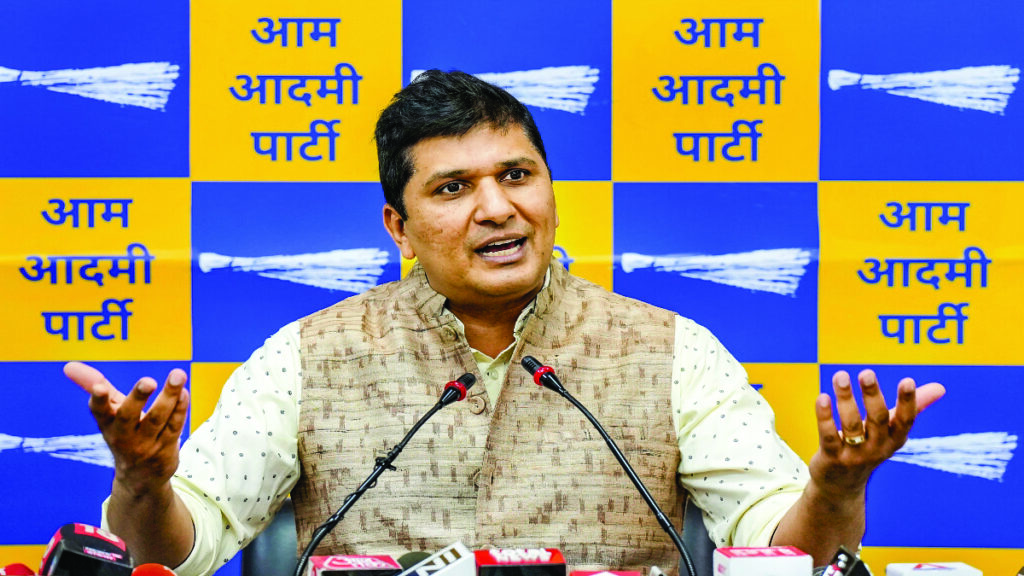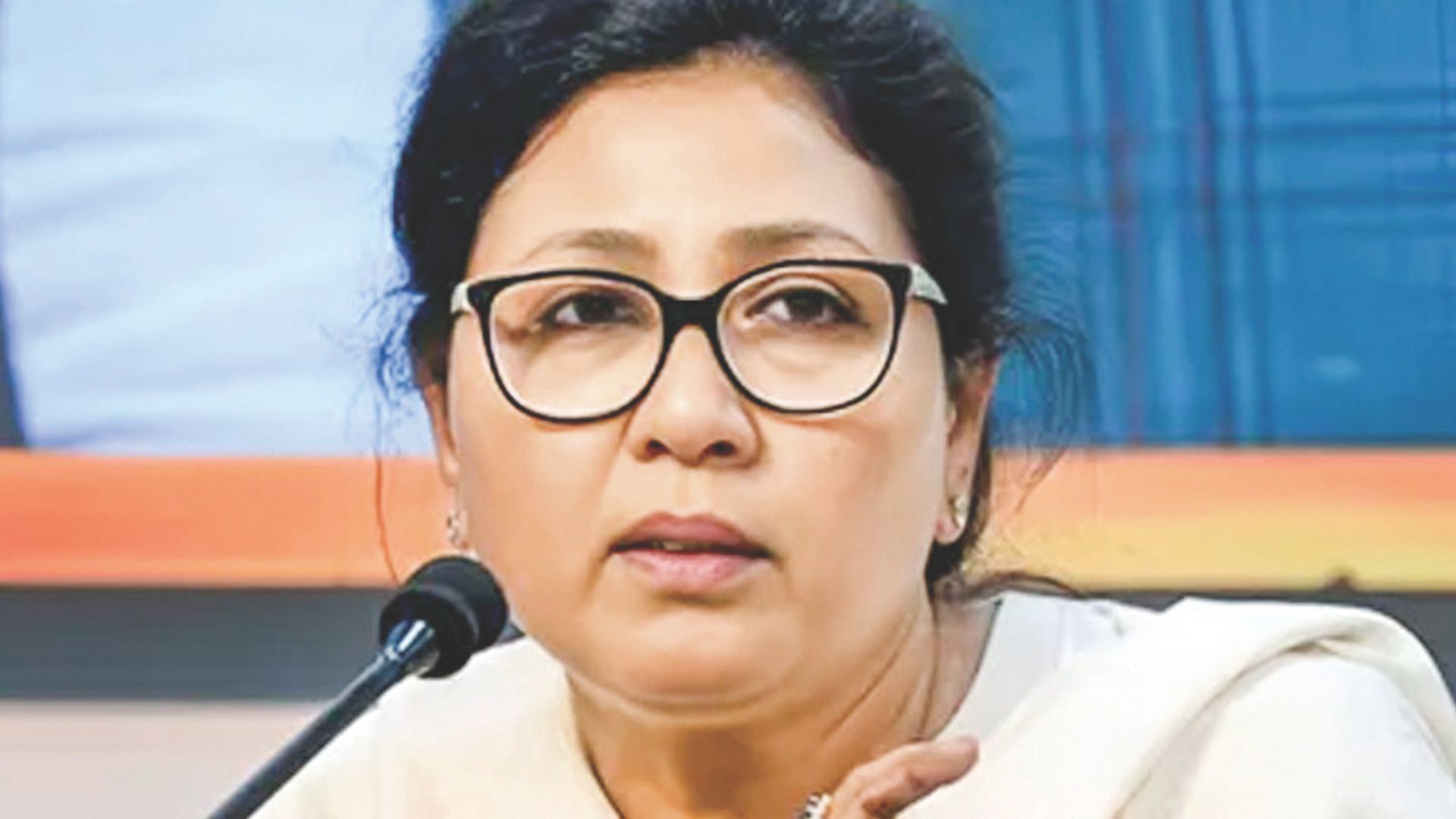The Greater Kailash seat reflects a clash of leadership, legacy, and urban challenges.
New Delhi: The Delhi Assembly election has garnered significant attention, with a three-way contest adding to the intrigue. The Aam Aadmi Party (AAP) is striving to retain its stronghold in the capital, while the Congress and Bharatiya Janata Party (BJP) are determined to reclaim their lost influence. This makes the election critical for all three major political players.
In this context, the Greater Kailash constituency has emerged as a battleground of leadership, legacy, and aspirations for the future. AAP has fielded the incumbent MLA and Delhi Health Minister Saurabh Bharadwaj, who previously won in 2015 and 2020. The BJP has once again placed its trust in Shikha Rai, while Congress has introduced Garvit Singhvi as its candidate. The election in Greater Kailash symbolises a broader urban Indian reality, a contrast of wealth and poverty, progress and stagnation. Voters are demanding better infrastructure, responsive leadership, and tangible improvements, with the election offering a choice between continuity and change.
The Greater Kailash Assembly constituency plays a pivotal role in Delhi’s political landscape, as it falls under the New Delhi Lok Sabha constituency. In the 2020 Assembly elections, the AAP secured a resounding victory, with its candidate Saurabh Bharadwaj defeating BJP candidate Shikha Rai by a margin of 16,809 votes. Rai garnered 43,563 votes, while Congress candidate Sukhbir Singh Pawar received 3,339 votes. Similarly, in the 2015 elections, Bharadwaj won the seat with 57,589 votes, defeating BJP’s Rakesh Kumar Gullaiya, who secured 43,006 votes, and Congress’s Sharmistha Mukherjee, who received 6,102 votes.
Notably, the BJP last won the Greater Kailash seat in 2008. Over the past three Assembly elections, the party has been unable to defeat AAP, making victory in this constituency a top priority after 15 years. Dissatisfaction with the current MLA, coupled with concerns over poor infrastructure and inaccessible leadership, presents the BJP with an opportunity to push for political change in this key battleground.
While AAP has maintained a stronghold in Greater Kailash, the BJP has gained ground in recent years, fuelling their confidence in potentially unseating AAP in the constituency and across Delhi in the upcoming elections. The constituency, known for its cosmopolitan character, boasts a diverse mix of affluent and middle-class residents, including traders, professionals, and salaried individuals

Greater Kailash, known for its upscale homes, high-end boutiques, and vibrant markets, is one of Delhi’s most affluent neighbourhoods. However, beneath this facade of luxury lies a range of civic challenges that continue to affect residents and shop owners, making the area a key focus in the Delhi Assembly elections. Issues such as waterlogging, parking troubles, unattended garbage, outdated water pipelines, and high electricity bills dominate the election narrative, highlighting the constituency’s contrasting realities. Stray dogs and monkey menace are peculiar yet pressing concerns in the area. Packs of stray dogs have raised safety concerns, particularly for parents of young children, while frequent monkey raids cause property damage and disrupt daily life in both residential and commercial areas.
Another critical issue is the outdated water infrastructure, with pipelines that are over 70 years old, often disrupting water supply for days in certain areas. Similarly, aged sewage systems exacerbate drainage problems during the monsoon. Garbage management, encroachment on footpaths, and unauthorised roadside setups further worsen the situation, with residents even approaching the High Court for solutions. Voters are also concerned about deteriorating roads, poor sanitation, pollution, traffic congestion, and parking shortages.
The constituency, with 1,87,873 voters, including 98,891 males, 88,973 females, and nine third-gender voters, faces a pivotal choice in the upcoming elections. Many will assess the performance of Bharadwaj, who is seeking a fourth term, based on his ability to address these long-standing issues. While the ruling AAP highlights achievements such as subsidised water and electricity to showcase its commitment to public welfare, the BJP has criticised the party for its failure to improve civic amenities.

